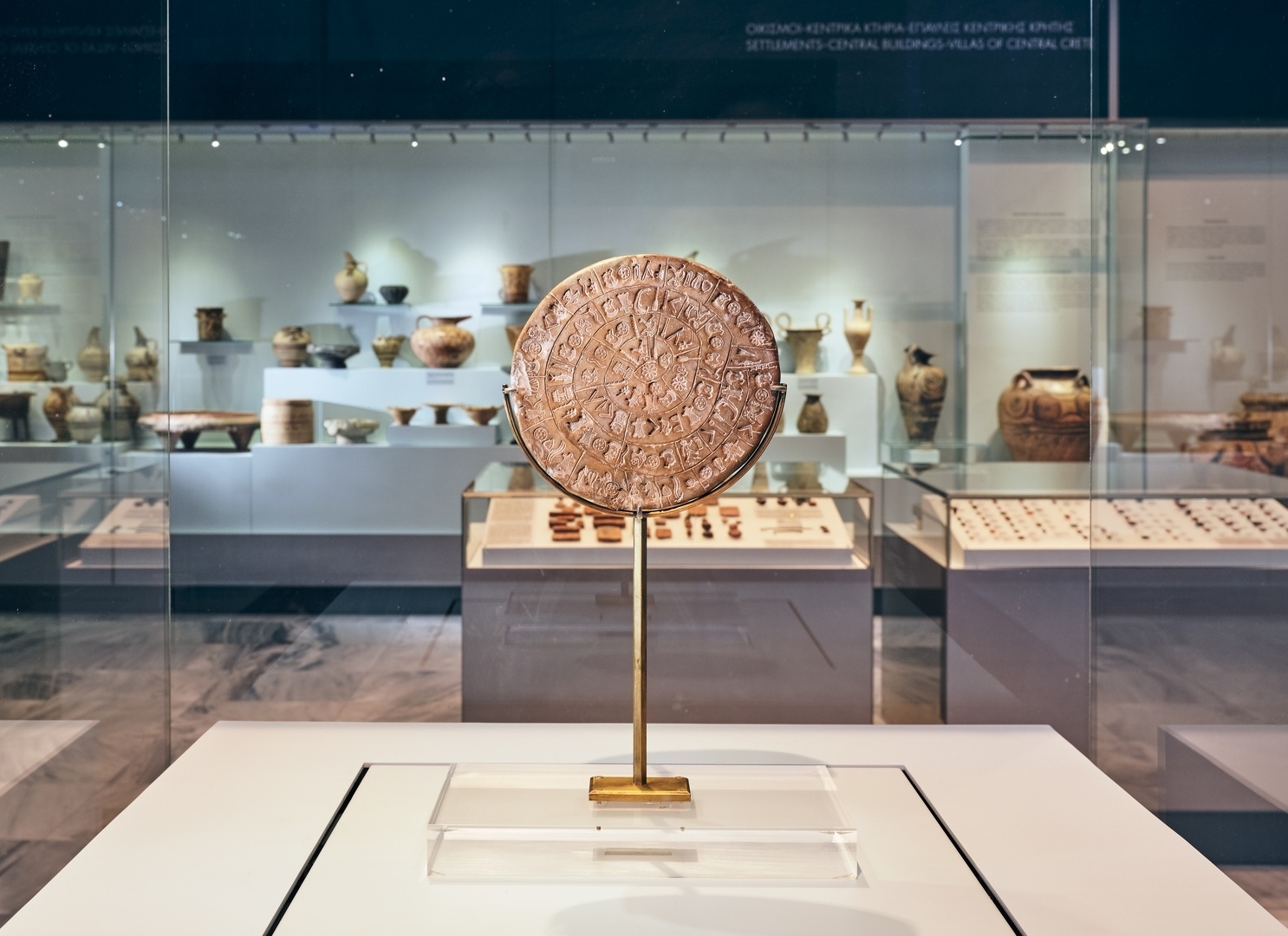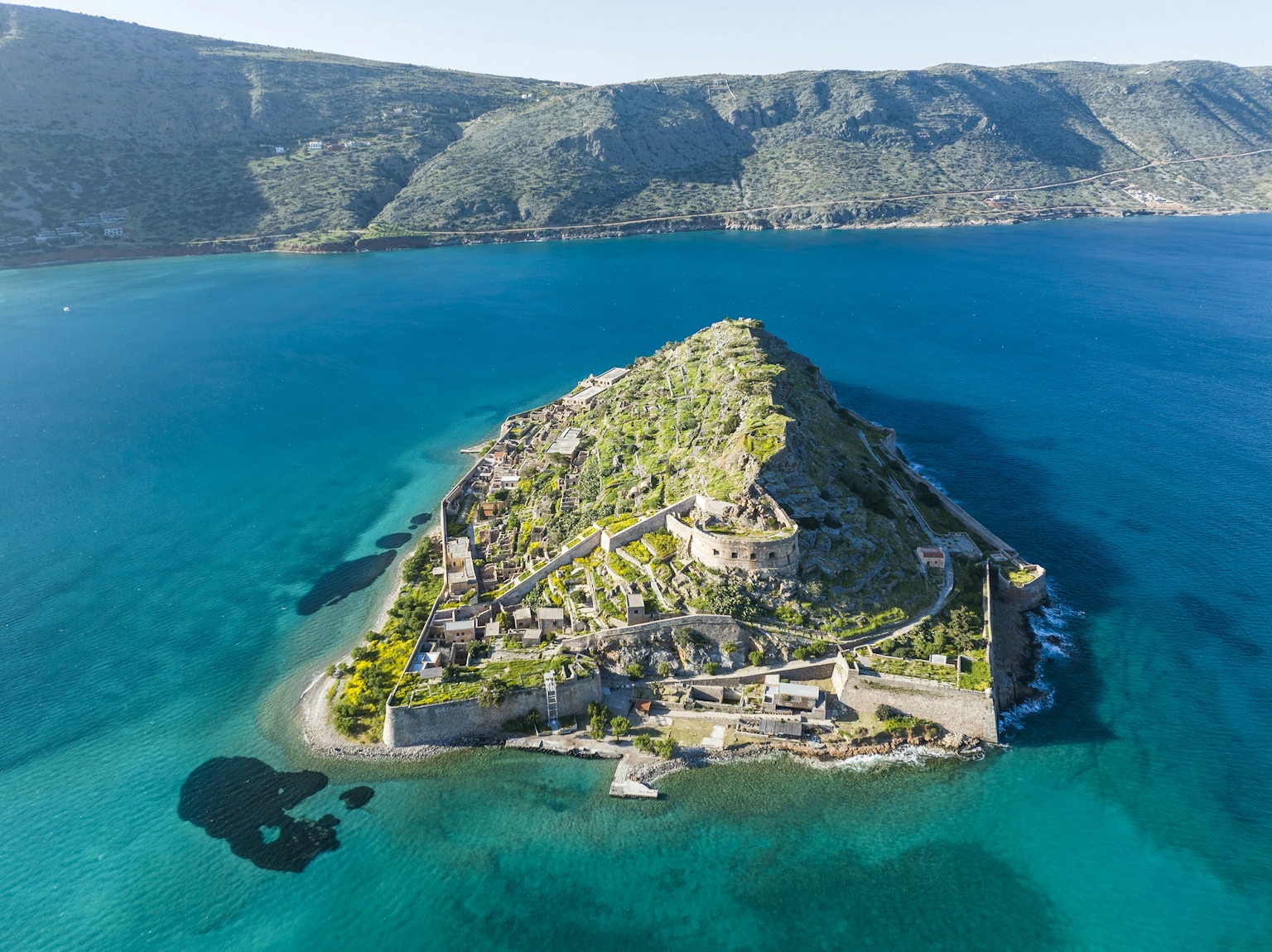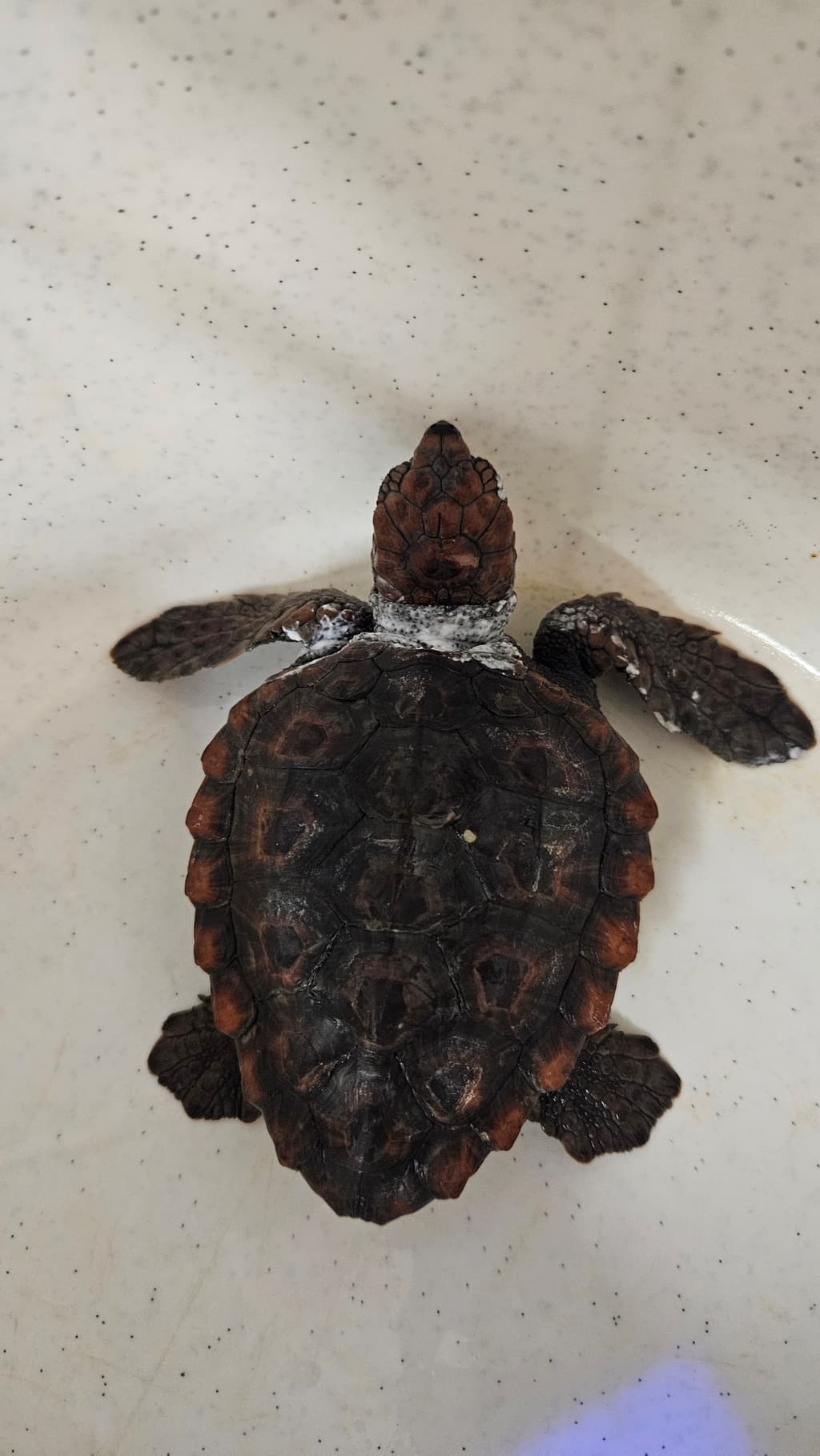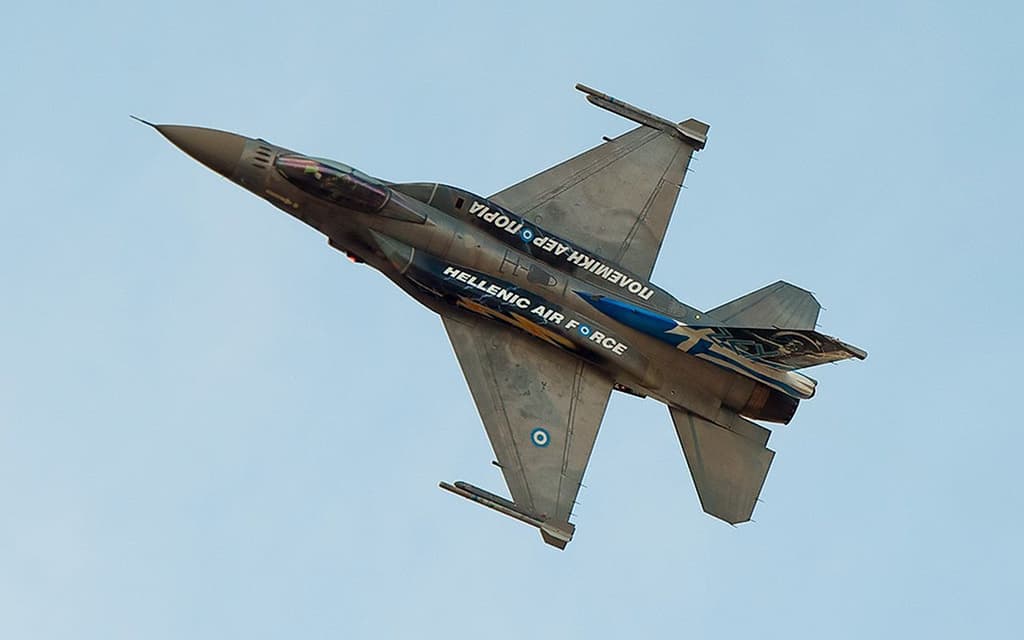The White Mountains Keep Surprising Us: A 700-Metre Underground Tour Awaits!
Author Discover Crete
News
News


Greece now boasts its third cave over 10 kilometres long!


longside Diros, with its unmatched beauty and archaeological importance, and Maaras – the cave of the Angitis River springs with its unique underground river – Sternes has now earned its place on the Greek speleological map. Its remarkable depth, countless unexplored galleries, and significant scientific value reveal the richness and diversity of Greece’s underground heritage, while highlighting the dedication and persistence of the speleologists who continue to push the boundaries of exploration.
The White Mountains of Crete form a barren high-altitude ‘desert’, with over fifty limestone peaks above 2,000 metres.
The 2025 field phase at Sternes, organised by the Speleological Club of Crete (SP.O.K.), wrapped up successfully a few weeks ago. As members of the expedition noted: “We are only at the beginning of preparing the full report. Although the process will take several more weeks due to the large amount of data to log and interpret, we understand that the fast pace of information sharing on social media makes it necessary to publish some of our results earlier.”
Sternes Reveals a 10-Kilometre Network of Underground Passages 500 Metres Deep!
Since 2017, SP.O.K. has been organising annual expeditions to the Sternes cave, continuing the work of the Hellenic Speleological Athletic Association (S.E.L.A.S.), which carried out missions in 2005 and from 2009–2012. These built on the pioneering exploration by Groupe Spéléo d'Orsay between 1988 and 1992, when the cave was first discovered and partially mapped.
As of early 2025, the known length of the cave reached nearly 8 kilometres. The cave’s scale and complexity require underground bivouacs, so speleologists can sleep and continue exploring the next day from as close as possible.
This year, for the first time in Greek speleological history, the mission established three active bivouacs inside the cave.
-
Bivouac 1: –517 metres deep, 3–4 hours from the surface.
-
Bivouac 2: –565 metres, located in the ConCrete Canyon, 5–6 hours from the surface.
-
Bivouac 3: –560 metres, in the Pandora area, about 8 hours deep.
Bivouac 1 was equipped during a preliminary expedition in early August; the others were set up during the main expedition starting August 23. A wired telephone system connects Bivouac 1 with base camp and is within reach of the other bivouacs.
Focus Areas of the 2025 Expedition
-
ConCrete Canyon: An active meander carrying water from the east beneath the Lagkonia valley. Explorations led eastwards with many branches. Noteworthy climbs include a 60-metre vertical ascent with no visible end and a smaller climb giving access to old inactive galleries.
-
The Labyrinth: A complex area branching from Gaia, the final hall of last year’s exploration. The new deepest point of the cave was logged here. A promising segment was also explored on the final day, featuring a large shaft and a sloping window.
-
Inactive galleries off the Ichor River: Two main galleries, named “Lara” and “Markos” (after the camp dogs), were fully explored. They end in ascending sumps or reconnections with known areas.
-
First Light: A northern gallery rich in aragonite formations. Beneath it, an active water flow was discovered heading south, likely feeding sumps in Pandora, Ichor, and the Lara and Markos galleries.
In total, more than 2,700 metres of new cave were explored and mapped this year. Another 680 metres were remapped digitally. The cave’s total surveyed length now exceeds 10 kilometres (10,741m). The bivouacs hosted over 110 overnight stays, crucial for the expedition's success.
Surface Exploration
Teams working above ground helped decode the karstic landscape between Sternes, Pachnes, Trocharis, and Kakovoli.
Targets included:
-
(Re)exploring known caves.
-
Identifying new cave entrances based on geological studies.
-
General surface mapping.
One cave, nicknamed “The Freezer”, was discovered emitting cold air at 3.8°C, suggesting a deeper connection with Sternes 300–400 metres below. Another cave was explored to –60 metres. Over 20 entrances were documented, forming part of a proposed modern speleological cadastre.
Other Cave Targets
Beyond Sternes, the team focused on two significant caves:
-
Bombospilia: Reached –139 metres this year, beyond the previously known –125m limit, due to the absence of an ice plug.
-
Triplotafki: Extended from –140 to –200 metres, and may provide an easier entrance to Sternes if a connection is found.
Clean Energy and Science in the Depths
Thanks to solar panels, the team projected photos and videos on their final night underground. A 1990s video by GSO explorers also made an appearance.
This year’s expedition supported research across disciplines:
-
Geological fault measurements using two compasses.
-
Air temperature readings with scientific-grade thermometers and data loggers from the Palaeolus project.
-
Wind and water sensors installed via collaboration with Life Grecabat and the Museum of Natural History of Crete.
-
Radon detectors were placed in Bivouacs 1 and 3, with additional measurements throughout the cave system.
-
Invertebrate samples were collected manually and via bait traps (some disappointingly empty), with several spiders, beetles, isopods, and even some unexpected Trichoptera and crane flies found at remarkable depths (–500 and –135 metres).
The Team Behind the Breakthroughs
Everything was made possible by the tireless volunteer work of SP.O.K. and other Cretan speleological clubs, including EOS Chania, the Hellenic Speleological Society’s Rethymno chapter, and FORS Sitia. Over 160 people have participated since SP.O.K. took the lead in 2017.
The expedition was once again joined by Jef Gaucher, leader of the 1990–1992 missions, and Kostas Adamopoulos, who headed the 2005 and 2009–2012 efforts. For the first time, the Mayor of Sfakia, Mr. Ioannis Zervos, visited base camp and the cave entrance, a symbolic gesture of support.
Local businesses and private donors also provided invaluable support.
About SP.O.K.
Founded in 1999, the Speleological Club of Crete (SP.O.K.) explores and protects the caves and karst landscapes of Crete. Since 2017, it has organised regular international expeditions to Sternes Cave.
For more information:
📧 info@spok.gr
📧 sternes-expe@spok.gr
🔗 Wikipedia: Sternes Cave
🔗 Facebook: Sternes Cave Expedition





































